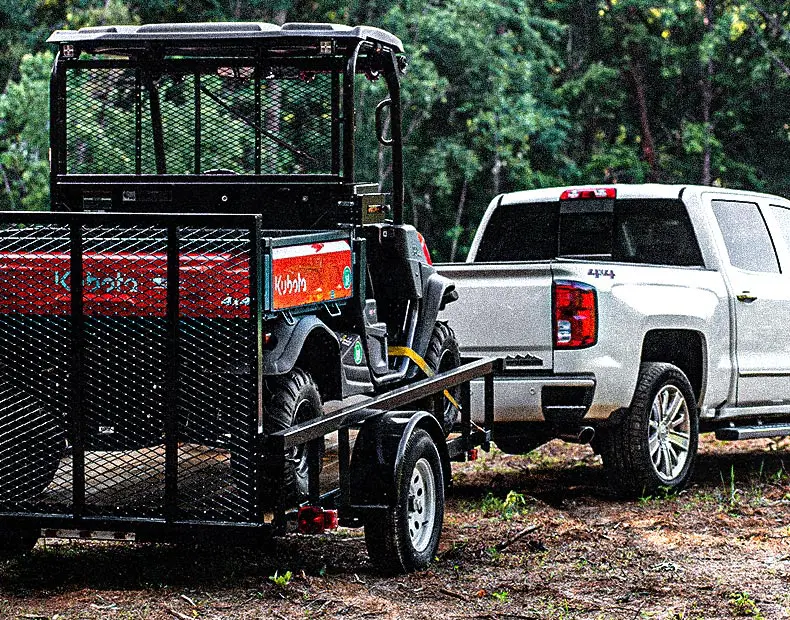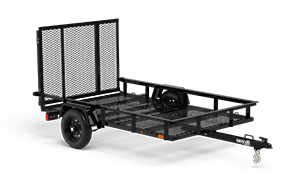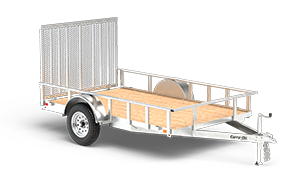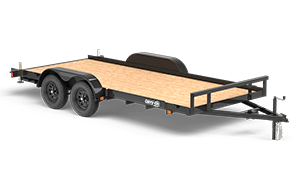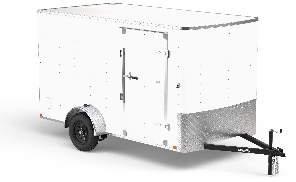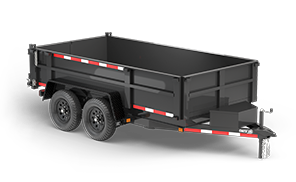As we’ve shared before, loading your trailer properly is an extremely important part of safer towing. Part of that equation is making sure cargo weight is distributed properly and securely so that you can tow with confidence and prevent an unsafe situation from arising.
Before you can determine if cargo weight is distributed correctly, you need to know how much weight your trailer can pull. This means looking for your Gross Vehicle Weight Rating (GVWR), located on the VIN label of your trailer. The GVWR is the most weight allowed for both your trailer and your cargo. You’ll also need to know the Gross Axle Weight Rating (GAWR). This will be the maximum distributed weight that your vehicle’s axle can support. The GAWR will typically include FR or RR, which indicates either the front or rear axles.
You’ll also need to make sure you know your trailer’s weight, which is the weight of a fully assembled, empty trailer. You can weigh your trailer at any truck stop or other places with a certified scale. Next, you’ll need to determine your payload capacity, which is GVWR minus the weight of the trailer, divided by 80%. The resulting number is your trailer’s allowable payload.
(GVWR — Trailer Weight) / 80% = Allowable Payload
It’s also important to remember what your trailer’s tongue weight is, and as a general rule of thumb, that 20-25% of your trailer’s total weight plus its cargo should be on the trailer’s tongue.
As you load your trailer, you need to keep in mind that 60% of the cargo weight should be loaded in the front half of the trailer. Heavier items should be loaded in the front, with lighter, smaller items placed near the rear. If you are towing a closed trailer, the lighter, smaller items should be placed near the top of the trailer in the rear. For an open trailer, smaller items shouldn’t be loaded above the height of the sides of the trailer box. Always make sure that cargo is packed closely and firmly, using tie-downs as needed to secure the cargo and prevent it from shifting while you tow.

Once you’ve loaded your trailer, it’s time to check that cargo weight is distributed properly. First, be sure to check that none of your axles are overloaded. Then, check to make sure your cargo is loaded evenly from left to right. Uneven left/right load distribution can cause issues such as tire, wheel, axle, and structural failure. If you notice uneven weight distribution, make the necessary adjustments and check to make sure weight is distributed properly, with 60% in the front of your trailer and is even left to right. Proper weight distribution left to right will also aid in towing stability, so it is imperative to check, adjust, and check again before you begin towing.
Making sure the cargo weight is distributed properly on your trailer will help you tow safely each time you need to haul cargo from one point to another. As always, we recommend consulting your owner’s manual for more instructions specific to your trailer.



